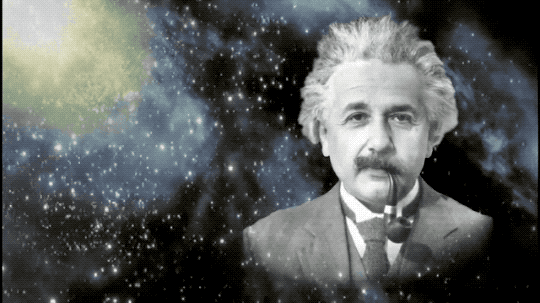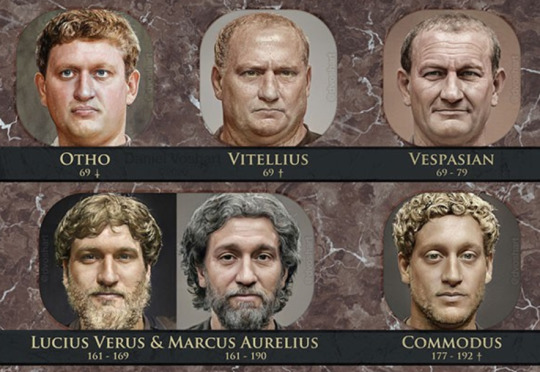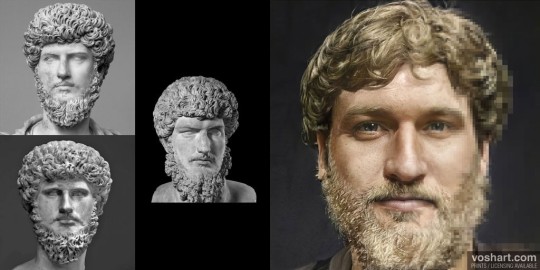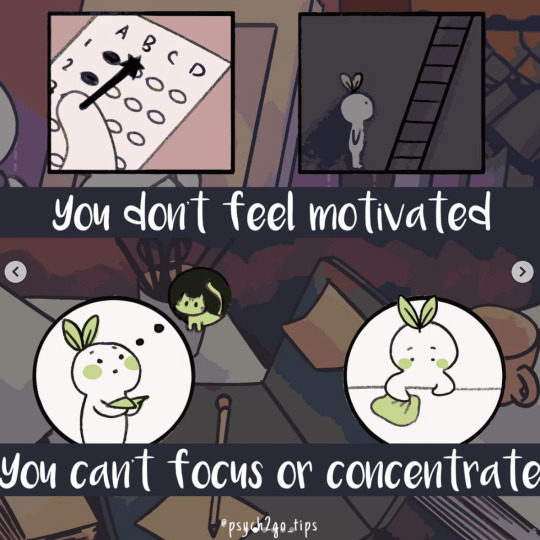Photo


An English Yeomanry officer’s presentation saber, circa 1800 - 1805
from Peter Finer
575 notes
·
View notes
Video
Little leaf cutter bee waking up in her tiny leaf bed 🐝
(Source)
123K notes
·
View notes
Text
Bend Your Mind With Special Relativity

Ever dreamed of traveling nearly as fast as light? Zipping across the universe to check out the sights seems like it could be fun. But, not so fast. There are a few things you should know before you jump into your rocket. At near the speed of light, the day-to-day physics we know on Earth need a few modifications. And if you’re thinking Albert Einstein will be entering this equation, you’re right!

We live our daily lives using what scientists call Newtonian physics, as in Isaac Newton, the guy who had the proverbial apple fall on his head. Imagine that you are on a sidewalk, watching your friend walk toward the front of a bus as it drives away. The bus is moving at 30 mph. Your friend walks at 3 mph. To you, your friend is moving at 33 mph — you simply add the two speeds together. (The 30 mph the bus is moving plus 3 mph that your friend is moving inside the bus.) This is a simple example of Newtonian physics.
However, imagine that your friend on the bus turns on a flashlight, and you both measure the speed of its light. You would both measure it to be moving at 670 million mph (or 1 billion kilometers per hour) — this is the speed of light. Even though the flashlight is with your friend on the moving bus, you still both measure the speed of light to be exactly the same. Suddenly you see how Einstein’s physics is different from Newton’s.

This prediction was a key part of Einstein’s special theory of relativity: The speed of light is the same for any observer, no matter their relative speed. This leads to many seemingly weird effects.
Before talking about those surprising effects, it’s good to take a moment to talk about point of view. For the rest of this discussion, we’ll assume that you’re at rest — sitting in one spot in space, not moving. And your friend is on a rocket ship that you measure to be traveling at 90% the speed of light. Neither of you is changing speed or direction. Scientists give this a fancy name — an “inertial frame of reference.”
With the stage set, now we can talk about a couple of super-weird effects of traveling near the speed of light. Relativity messes with simple things like distance and time, doing stuff that might blow your mind!

Let’s say you have a stick that is 36 inches long (91 centimeters). Your friend on the rocket doesn’t know the stick’s length, so they measure it by comparing it to a ruler they have as they zoom past you. They find your stick is just 16 inches (40 centimeters) long — less than half the length you measured! This effect is called length contraction. And if they were moving even faster, your friend would measure your stick to be even shorter. The cool thing about relativity is that both of those measurements are right! We see these effects in particle physics with fast-moving particles.
If your friend was traveling to our nearest neighbor star, Proxima Centauri, how far would they think it was? From Earth, we measure Proxima Centauri to be 4.2 light-years away (where one light-year is the distance light travels in a year, or about 5.8 trillion miles). However, your friend, who is traveling at 90% the speed of light in the rocket, would measure the distance between Earth and Proxima Centauri to be just over 1.8 light-years.
That’s just length … let’s talk about time!

Now let’s say you and your friend on the rocket have identical synchronized clocks. When your friend reaches Proxima Centauri, they send you a signal, telling you how long their trip took them. Their clock says the trip took just over two years. Remember, they measure the distance to be 1.8 light-years. However, you would see that your clock, which stayed at rest with you, says the trip took 4.7 years — more than twice as long!
This effect is called time dilation — time on moving clocks appears to tick slower.

None of this accounts for your friend accelerating their rocket or stopping at Proxima Centauri. All of this math gets more complicated if you and your friend were speeding up, slowing down, or changing directions. For instance, if your friend slowed down to stop at Proxima Centauri, they would have aged less than you on their trip!
Now you’re ready for a few tips on near-light-speed travel! Watch the video below for more.
youtube
Now, if you need to relax a bit after this whirlwind, near-light-speed trip, you can grab our coloring pages of scenes from the video. And if you enjoyed the trip, download a postcard to send to a friend. Finally, if you want to explore more of the wonders of the universe, follow NASA Universe on Facebook and Twitter.
Make sure to follow us on Tumblr for your regular dose of space: http://nasa.tumblr.com
5K notes
·
View notes
Photo

Tuareg sword, North Africa, 19th century
from Czerny’s International Auction House
476 notes
·
View notes
Photo



Digital artist Daniel Voshart recreates the ‘real’ faces of Roman emperors thanks to machine learning. You can learn more about the process, discover more emperors or buy a poster here.

[Marcus Aurelius]

[Lucius Verus]

[Trajan]
38K notes
·
View notes























